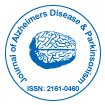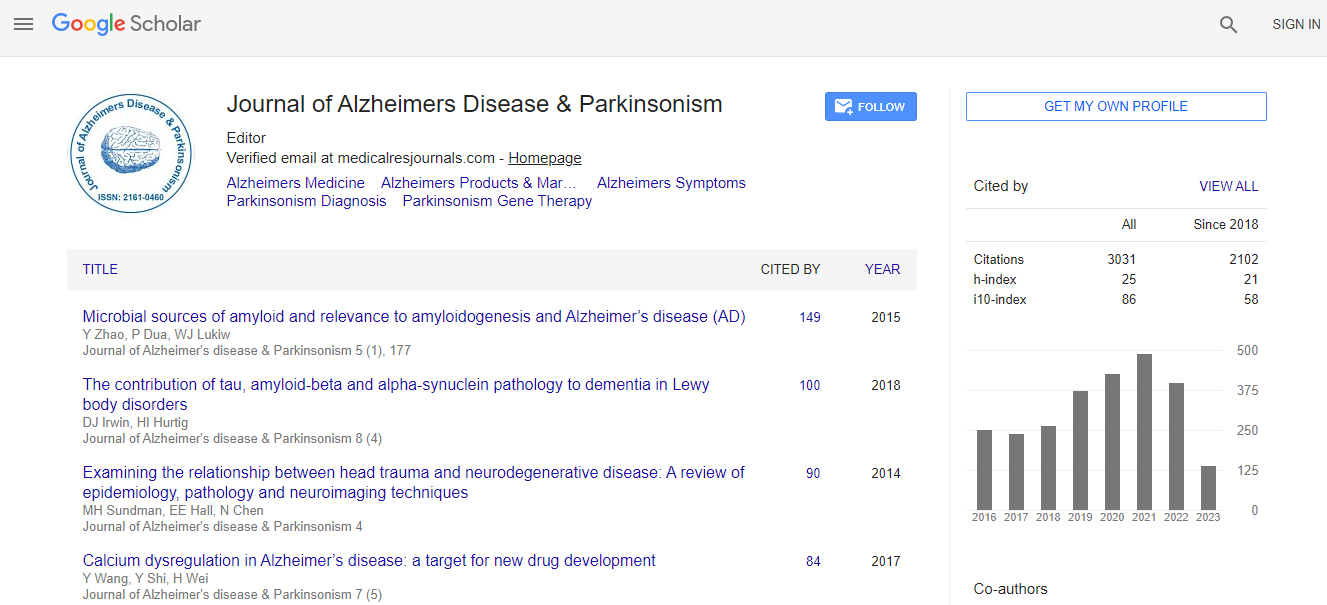Review Article
Magnetic Resonance Imaging (MRI) in Parkinsons Disease
Paul J Tuite1*, Silvia Mangia2 and Shalom Michaeli2
1Department of Neurology, University of Minnesota, Minneapolis, MN, USA
2Department of Radiology, Center for Magnetic Resonance Research (CMRR), University of Minnesota, Minneapolis, MN, 55455 USA
- Corresponding Author:
- Paul J Tuite, MD
Associate Professor, Director of Movement Disorders
Department of Neurology, MMC 295 420 Delaware ST SE
Minneapolis, MN, 55455 USA
Tel: 612-625-9662
E-mail: tuite002@umn.edu
Received date: February 14, 2013; Accepted date: March 15, 2013; Published date: March 25, 2013
Citation: Tuite PJ, Mangia S, Michaeli S (2013) Magnetic Resonance Imaging (MRI) in Parkinson’s Disease. J Alzheimers Dis S1:001. doi:10.4172/2161-0460.S1-001
Copyright: © 2013 Tuite PJ, et al. This is an open-access article distributed under the terms of the Creative Commons Attribution License, which permits unrestricted use, distribution, and reproduction in any medium, provided the original author and source are credited.
Abstract
Recent developments in brain imaging methods are on the verge of changing the evaluation of people with Parkinson’s disease (PD). This includes an assortment of techniques ranging from diffusion tensor imaging (DTI) to iron-sensitive methods such as T2 *, as well as adiabatic methods R1ρ and R2ρ, resting-state functional MRI, and magnetic resonance spectroscopy (MRS). Using a multi-modality approach that ascertains different aspects of the pathophysiology or pathology of PD, it may be possible to better characterize disease phenotypes as well as provide a surrogate of disease and a potential means to track disease progression.

